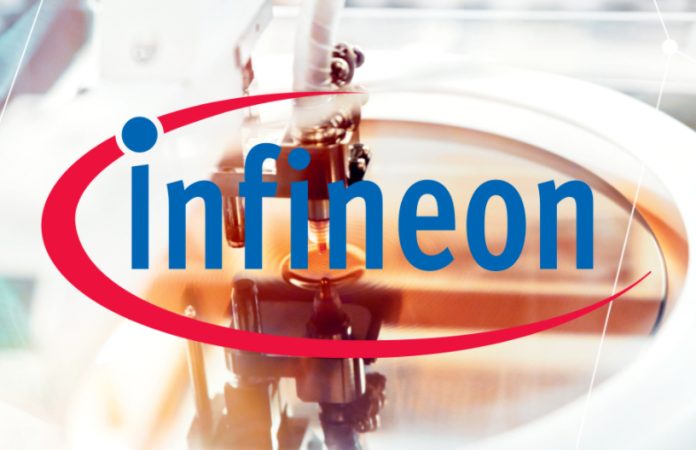The crucial trend in the internet-of-things (IoT) space to bring miniaturised machine learning (ML) into battery-powered edge devices is gathering pace. Chip maker Infineon Technologies has just announced a new feature in its ModbusToolbox to help developers bring ML into embedded IoT devices.
The move follows parallel initiatives recently by STMicroelectronics (STMicro) and Nordic Semiconductor, notably, to place so-called tinyML functions into system-on-chips (SoC) for resource-constrained IoT modules.
STMicro announced a deal this week to acquire France-based IoT software specialist Cartesiam, providing tools to enable embedded systems designers with limited knowledge in the maths and data science of ML to develop specialized libraries integrating ML algorithms directly into a broad range of applications.
Meanwhile, Nordic has a partnership with US-based Edge Impulse, which makes tinyML tools for low-power IoT systems. Its nRF52 and nRF53 series of Bluetooth Low Energy (BLE) chips, along withs its dual-mode LTE-M / NB-IoT nRF91 family, now come with embedded ML as standard.
Munich-based Infineon is leading with different terminology, going with AIoT, describing the combination of AI and IoT (as the ‘artificial intelligence of things’) — a term popularised by Bosch, one of the powerhouses in its home-country’s Industrie 4.0 movement. Only companies that embrace AIoT, or tinyML in massive-scale low-power IoT systems, will succeed, Bosch has stated.
Briefly, the logic — which now seems plain, but which the IoT sector has take a long time to arrive at — concludes the mechanics do not justify (and do not permit in many cases) data from large volumes of IoT devices to be carried to and from the cloud, if wireless networks are not to be overburdened, actionable insights are not to be delayed, and privacy is not to be breached.
Instead, some processing is required at the edge to train and decipher patterns in sensor data, and to flag anomalies to take action on data insights in ‘real time’. TinyML algorithms in embedded systems afford a way to crunch the IoT ‘math’, discard superfluous information, and retain the rest for ad-hoc processing and training in the cloud.
Research company Markets and Markets says the AIoT market, covering both the low- and high-power ends of the IoT spectrum, will increase from $5.1 billion in 2019 to $16.2 billion by 2024, growing at a compound annual rate of 26 percent, according to an Infineon statement on its ModbusToolbox addition.
The new ModusToolbox ML is part of Infineon’s ModusToolbox Software and Tools product. It “bridges a critical gap” between writing ML and designing embedded systems, the company said. It provides middleware, software libraries, and “special tools” for developers to evaluate and deploy deep learning-based ML models on Infineon’s PSoC microcontrollers (MCUs).
It works with sundry deep learning frameworks, said Infineon, citing Google’s TensorFlow open-source software library for ML in its press statement. “It allows for action on data locally to help manage data privacy, latency, and overall system reliability,” said Infineon. “{It] helps designers optimize the model for embedded platforms to reduce size and complexity, as well as validate performance against test data.”
Steve Tateosian, vice president of IoT compute and wireless at Infineon, said: “As IoT scales, massive amounts of data is being generated at the edge. Enabled by TinyML, AIoT is a natural evolution, where acting on data locally helps manage data privacy, latency, and overall system reliability. ModusToolbox bridges a critical gap between ML and embedded systems design by providing flexible tools and modular libraries to easily optimise, validate, and deploy deep learning models from popular training frameworks on Infineon’s ultra-low power microcontrollers.”

